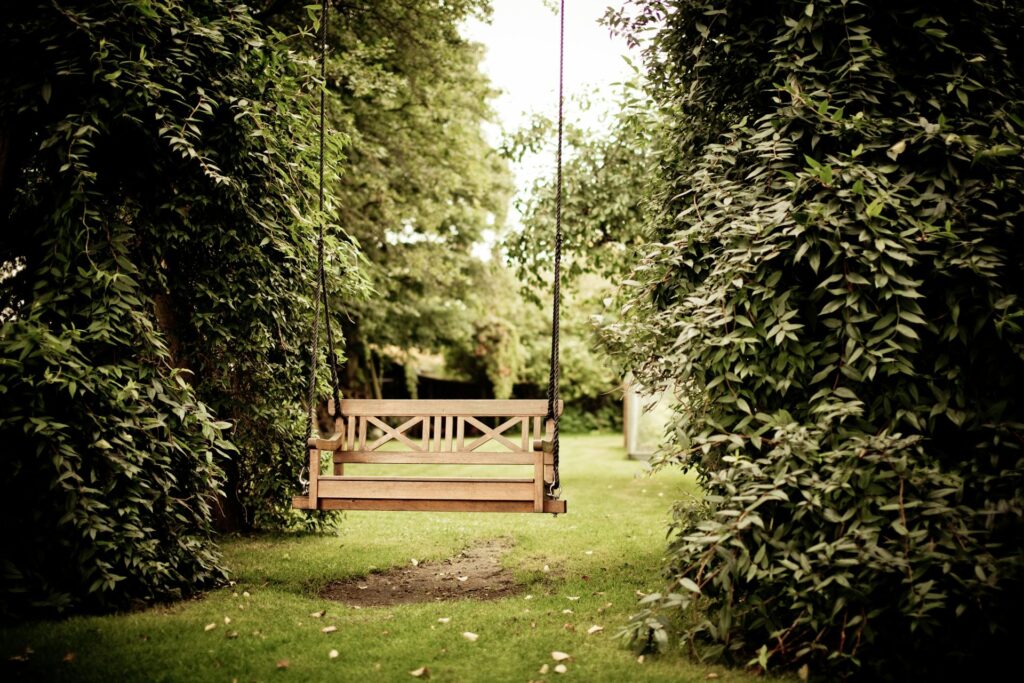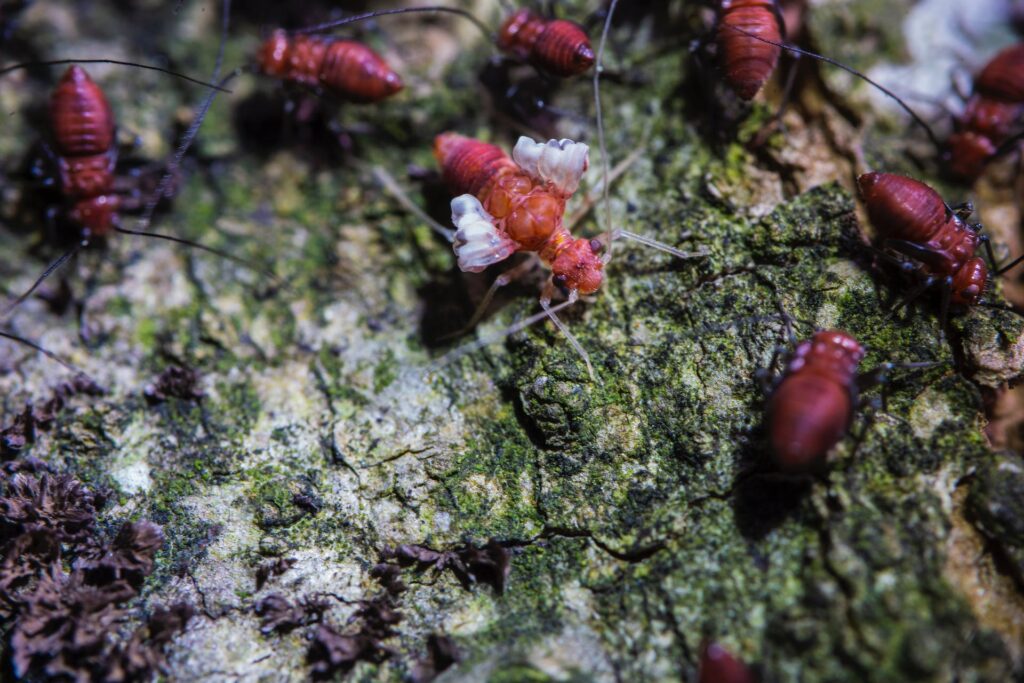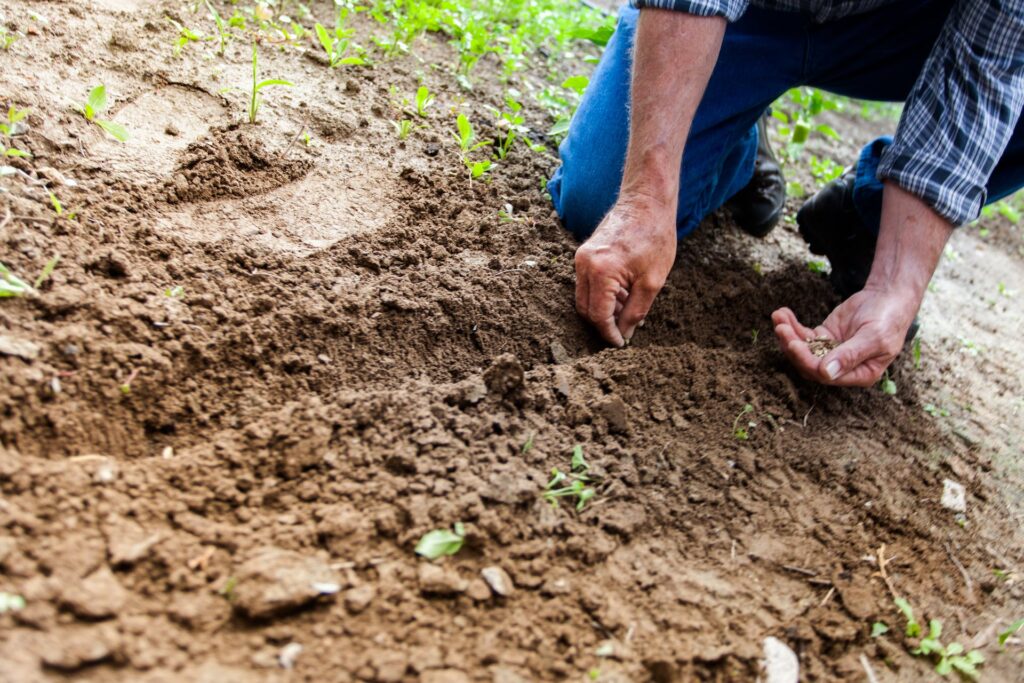Maintaining a beautiful and thriving garden requires more than just a green thumb; it involves a holistic approach that includes proper tree maintenance. While trees add aesthetic value to your property, they also play a crucial role in pest control within your garden. In this article, we will delve into the various ways in which tree maintenance contributes to keeping pests at bay and ensuring a healthy, pest-resistant garden environment.

Pruning for Pest Prevention
One of the fundamental aspects of tree maintenance is pruning, and it serves more than just aesthetic purposes. Pruning helps remove dead or decaying branches where pests often find shelter. Insects and rodents, attracted to decaying wood, can become a significant nuisance if left unchecked. Regular pruning not only enhances the overall health of the tree but also reduces potential hiding spots for pests.
Proper Watering Practices
Trees that receive inadequate or excessive water are more susceptible to pest infestations. Overwatering can lead to the development of fungal diseases, attracting pests that thrive in damp conditions. On the other hand, drought-stressed trees release volatile compounds that attract certain pests. By practicing proper watering techniques, such as deep watering to promote strong root systems, you create an environment that is less favorable for pests to thrive.
Mulching as a Natural Pest Repellent
Mulching is a valuable technique in tree maintenance that not only conserves soil moisture and suppresses weeds but also acts as a natural pest repellent. Organic mulches like bark chips or compost create a barrier that deters crawling insects from reaching the tree’s trunk. Additionally, some types of mulch release compounds that repel specific pests, providing a simple and environmentally friendly method of pest control.
Identifying and Addressing Infestations Early
Regular tree maintenance involves closely monitoring the health of your trees. By staying vigilant and identifying signs of pest infestations early on, you can take prompt action to mitigate the problem. Common indicators of pest issues include discolored or wilting leaves, abnormal growth patterns, and the presence of pests themselves. Early intervention, whether through natural remedies or professional assistance, can prevent the escalation of pest problems and minimize damage to your garden.
Encouraging Beneficial Insects
Not all insects are detrimental to your garden; some can be valuable allies in pest control. Tree maintenance practices that support beneficial insects contribute to a balanced ecosystem. For instance, planting flowers that attract pollinators like bees and maintaining diverse plant life encourages the presence of natural predators that feed on harmful pests. By fostering a biodiverse environment, you create a natural defense against pest infestations.
Choosing Pest-Resistant Tree Varieties
When planning your garden, consider selecting tree varieties that are naturally resistant to pests prevalent in your region. Native species are often well-adapted to local conditions and have developed resistance to common pests. Consult with local arborists or gardening experts to determine the most suitable tree species for your area, and integrate them into your landscape to bolster your garden’s resilience against pests.
Regular Inspections and Maintenance Checks
A proactive approach to tree maintenance involves regular inspections and maintenance checks. Periodically assess your trees for signs of pest damage, disease, or structural issues. Timely removal of diseased or infested branches can prevent the spread of pests to other parts of the tree and neighboring plants. Additionally, addressing issues like soil compaction or nutrient deficiencies through proper fertilization contributes to overall tree health and pest resistance.
In conclusion, the role of tree maintenance in property pest control is multifaceted and integral to fostering a healthy and pest-resistant garden environment. By incorporating practices such as pruning, proper watering, mulching, early pest detection, encouraging beneficial insects, selecting pest-resistant tree varieties, and conducting regular inspections, you can create a garden that thrives while minimizing the risk of pest infestations. Embracing these tree maintenance principles not only enhances the beauty of your property but also establishes a sustainable and harmonious ecosystem within your garden.




